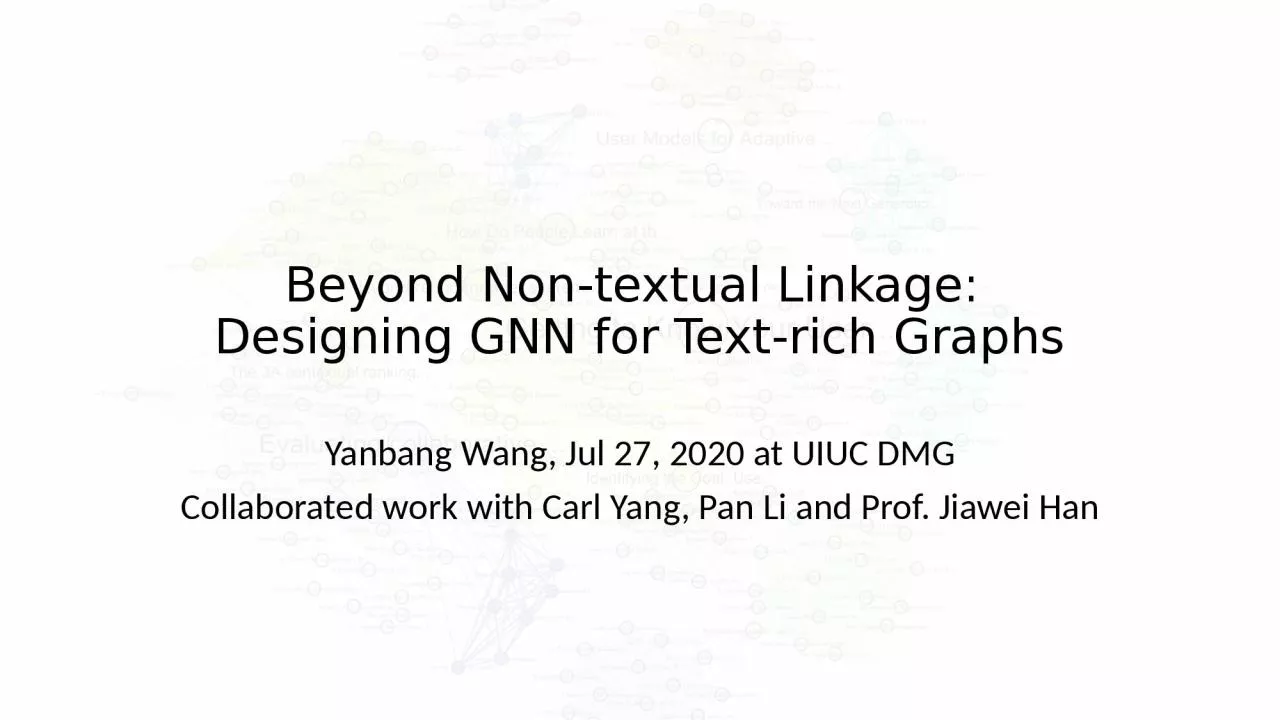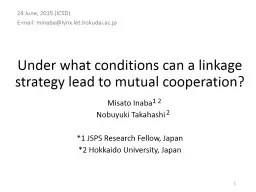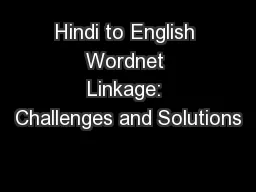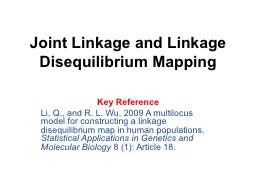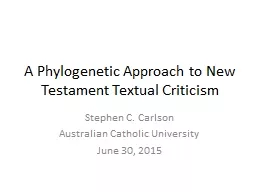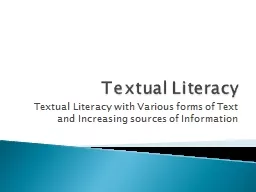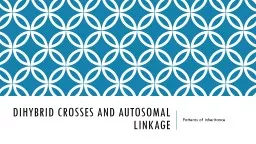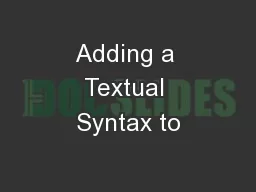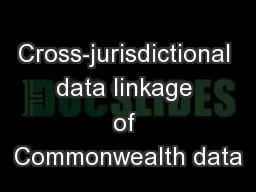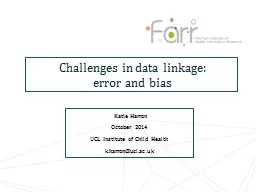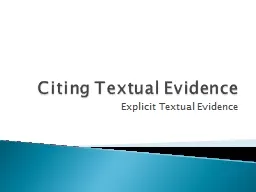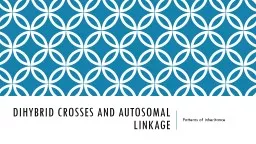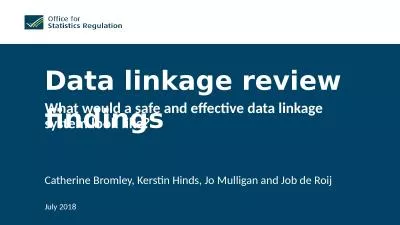PPT-Beyond Non-textual Linkage:
Author : WannabeRockstar | Published Date : 2022-08-04
Designing GNN for Textrich Graphs Yanbang Wang Jul 27 2020 at UIUC DMG Collaborated work with Carl Yang Pan Li and Prof Jiawei Han Textrich Graphs Usually come with
Presentation Embed Code
Download Presentation
Download Presentation The PPT/PDF document "Beyond Non-textual Linkage:" is the property of its rightful owner. Permission is granted to download and print the materials on this website for personal, non-commercial use only, and to display it on your personal computer provided you do not modify the materials and that you retain all copyright notices contained in the materials. By downloading content from our website, you accept the terms of this agreement.
Beyond Non-textual Linkage:: Transcript
Download Rules Of Document
"Beyond Non-textual Linkage:"The content belongs to its owner. You may download and print it for personal use, without modification, and keep all copyright notices. By downloading, you agree to these terms.
Related Documents

